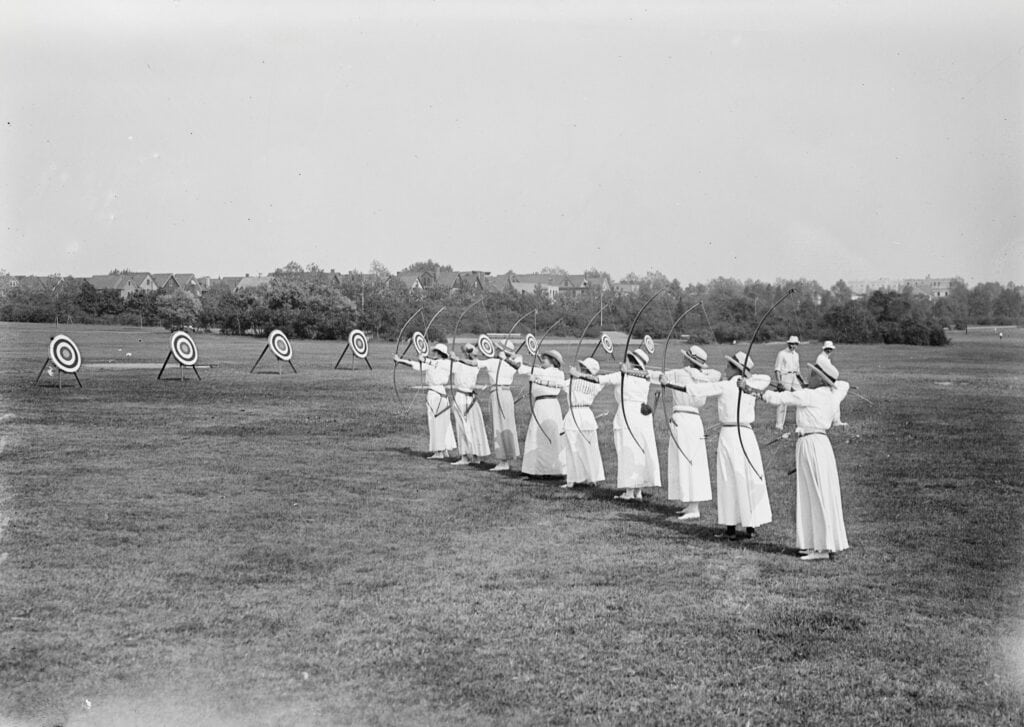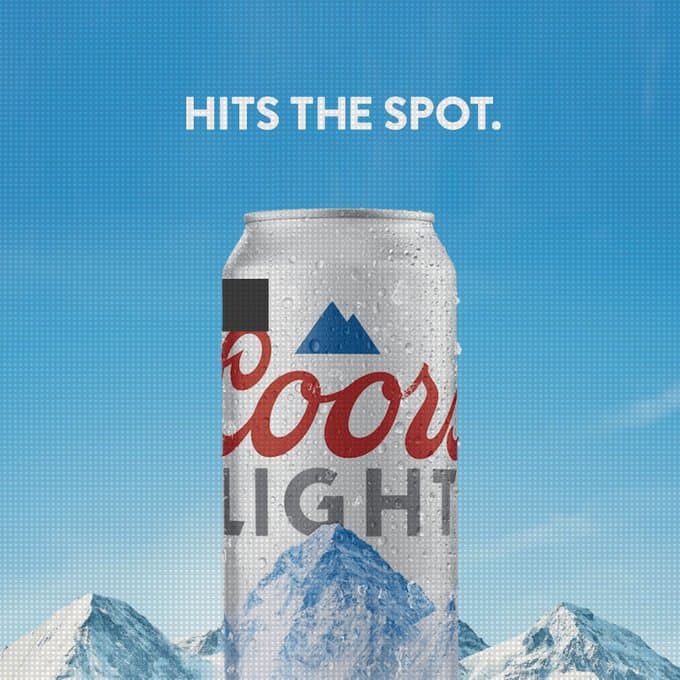Designing your logo is one of the most exciting components of any marketing strategy. Coming up with logo design ideas that create visual interest and sell your brand is a big responsibility. Whether you hire a digital design agency to facilitate this process or you figure out how to design a logo on your own, there are key steps you’ll need to follow to ensure that your logo represents your company accurately. Here are the five essential steps in designing a logo that will build brand recognition and make a killer first impression.
Step 1: Take Stock of Your Brand Building
If you’re thinking about how to design a logo, you’ve already put a lot of effort into building your brand by creating your content pillars. Your content pillars identify your audience and how you plan to interact and communicate with that audience. You’ve got a name for your company at this point, and now you get to play with the visual impression you’re going to leave on your consumers.
Your logo should evoke the feeling of the company. Write down how you want your audience to feel about your brand. While working with Prevail Fitness, we settled on a logo that instills confidence in the fitness team and exemplifies the physical progress that the audience will experience under Prevail’s guidance.
Step 2: Brainstorm Logo Design Ideas
Make sure you brainstorm with your client about what they’re hoping to see and achieve with this logo design. Spitballing may spark inspiration for you. It’s always nice to have several jumping-off points so that you can explore multiple possibilities.
Step 3: Explore Relevant Companies
It’s so important to do your research before diving in. Look up other companies that serve a similar audience. Take notes about what you think is successful about their logo design ideas and what you think could use improvement. Seeing how similar brands present themselves will also ensure that you design something unique that won’t get confused for a more established brand. All in all, it never hurts to scope out the competition.
Step 4: Draw Up Design Concepts
Now that you have the support of thorough research, sketch up a few examples of logos. While you work, consider what makes a memorable logo. A well thought out logo should be creative and innovative, without sacrificing the audience’s ability to read the brand’s name. It should evoke a feeling that ties into the brand.
An effective logo incorporates color that compliments the business and your target audience. If you’re designing a logo for a law firm, the color palette is going to look different than when designing for a gym. The same rule can be applied to fonts.
Come up with different iterations of the same logo that would fit on business cards, social media accounts, advertisements, letterhead, or wherever else the company plans on using it. Make sure there’s a throughline in those different iterations that relate it back to the official design.
Step 5: Get Feedback & Finalize Your Design
Show the mock-ups of the logo to your client for feedback and approval. Discuss their notes and collaborate on the final changes. Ask the client if they’d like to do a test group if they’re torn between two designs. Poll trusted individuals in their target audience to see which logo best expresses their brand. Once they’ve decided on a logo, polish it, and your work is done.
Figuring out how to design a logo doesn’t have to be complicated. Sometimes the simpler the design, the better. As long as it speaks to the target audience and sets your brand apart from competitors, the logo is serving its purpose. If you’re feeling stuck, consider hiring a digital design agency to help you create a logo that expresses everything you love about your brand.
Need help designing a logo? Here at McMillan & Phillips we have a team of experts to make all your brand growth a reality. Reach out today and let’s start developing your brand!


















